Study found differences compared with those who did not offend or who only transgressed as adolescents.
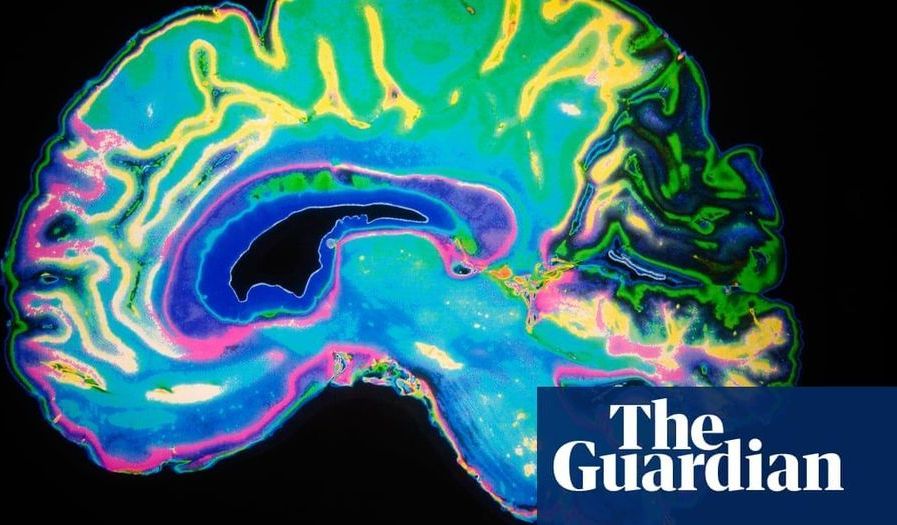


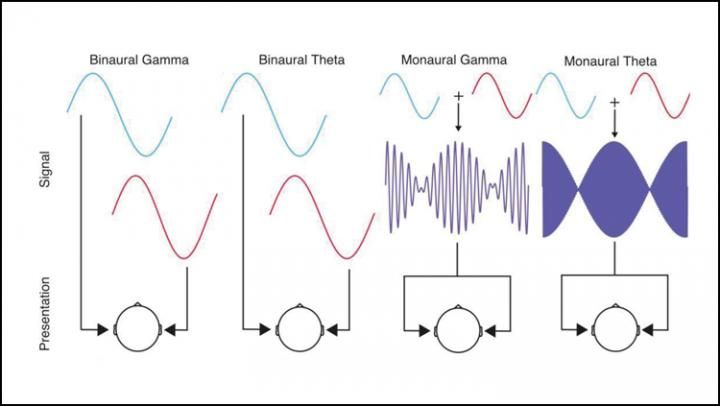
An auditory illusion thought to synchronize brain waves and alter mood is no more effective than other sounds, according to research in adults recently published in eNeuro. The effect reported in other studies might be a placebo but could still have helpful effects for some people.
Binaural beats are an auditory illusion caused by listening to two tones of slightly different frequency, one in each ear. The difference in frequencies creates the illusion of a third sound — a rhythmic beat. Neurons throughout the brain begin to send electrical messages at the same rate as the imaginary beat. Many unsupported claims surround binaural beats, including that listening to them decreases anxiety, increases focus, and improves mood.
Orozco Perez et al. played binaural and monoaural beats to healthy adults and measured their brain activity with electroencephalography. Monoaural beats don’t rely on the illusion to create the beats because they consist of edited audio tracks of the two different tones together. Both ears hear all three sounds. Brain activity synchronized with both types of beats, but the effect was stronger with monoaural beats. Neither type of beat affected mood. When the binaural beat played, far apart brain areas synchronized with each other at a different frequency than the beat. This may be how binaural beats improve memory and focus.

After being blind for 16 years, scientists have plugged a bionic eye directly into Bernardeta Gomez’s brain, allowing her to see again without using her biological eyes after she had a computer port surgically embedded into her skull.
The vision system is being honed by neuriengineer Eduardo Fernandez in his lab at the University of Miguel Hernandez, and it is comprised of a few different parts according to the publication in MIT Technology Review.
There is a pair of glasses that are fitted with a camera that connects to a computer which translates the live video feed into electronic signals that are then sent via a cable to the port which has been surgically embedded into the back of Gomez’s skull and connects to an implant in the visual cortex of her brain.
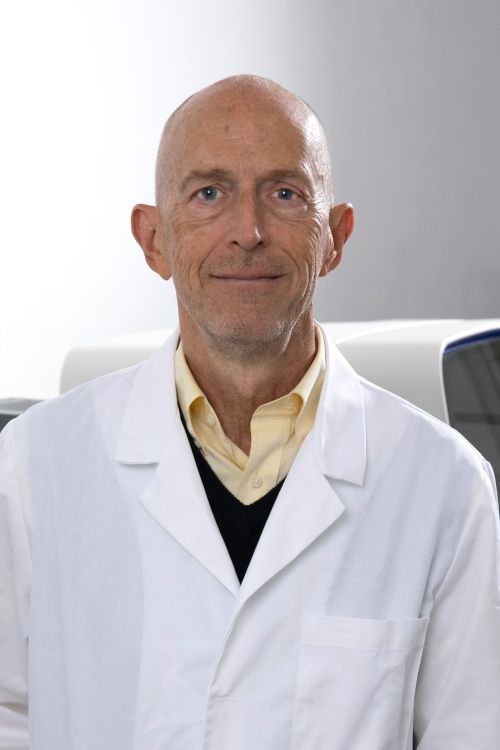
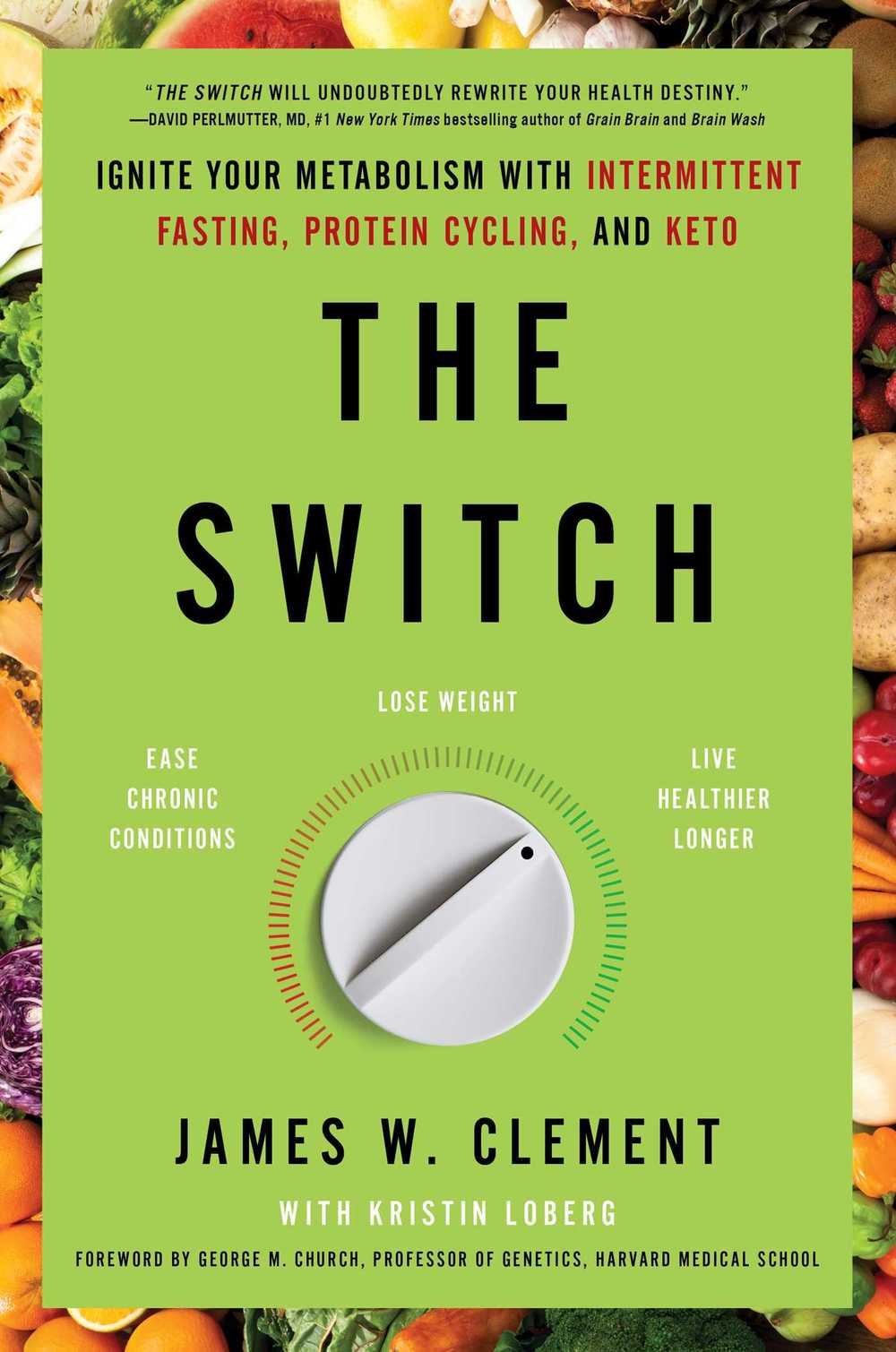 James W. Clement is a longevity researcher who was the 12th person on the planet to have his DNA sequenced. In 2010 James launched his Supercentenarian Research Study, which he started in 2010 with Professor George M. Church of Harvard Medical School. Since then Clement has read 20,000 medical research papers on longevity and has acquired one of the largest DNA databases of supercentenarians, the youngest of whom is 106 years old. Most recently James W. Clement is the author of the Switch: Ignite your metabolism with intermittent fasting, protein cycling, and keto. Finally, I know James personally and have gone to visit his previous research lab in Apple Valley, California, so I can honestly say that he is among the most humble humans and the hardest-working longevity researchers that I have ever seen. I have learned a lot from Clement and I hope you do too.
James W. Clement is a longevity researcher who was the 12th person on the planet to have his DNA sequenced. In 2010 James launched his Supercentenarian Research Study, which he started in 2010 with Professor George M. Church of Harvard Medical School. Since then Clement has read 20,000 medical research papers on longevity and has acquired one of the largest DNA databases of supercentenarians, the youngest of whom is 106 years old. Most recently James W. Clement is the author of the Switch: Ignite your metabolism with intermittent fasting, protein cycling, and keto. Finally, I know James personally and have gone to visit his previous research lab in Apple Valley, California, so I can honestly say that he is among the most humble humans and the hardest-working longevity researchers that I have ever seen. I have learned a lot from Clement and I hope you do too.
During this 2 hour interview with James W. Clement, we cover a variety of interesting topics such as: Clement’s journey from being a lawyer to becoming a full-time longevity researcher; the name and story behind Better Humans; why James is a transhumanist; why we have to first make it to 100 before we start taking “magic pills”; the switch between mTOR and autophagy; the importance of intermittent fasting, its time and duration; the connection between gut bacteria and dopamine; why the biggest problem of our diet is the overconsumption of both dairy and meat; protein cycling and why we can’t sustain autophagy indefinitely; the dangers of coconut oil; why all centenarian blue zones in the world eat high-carb diets and why we should try keto.
My favorite quote that I will take away from this interview with James W. Clement is:
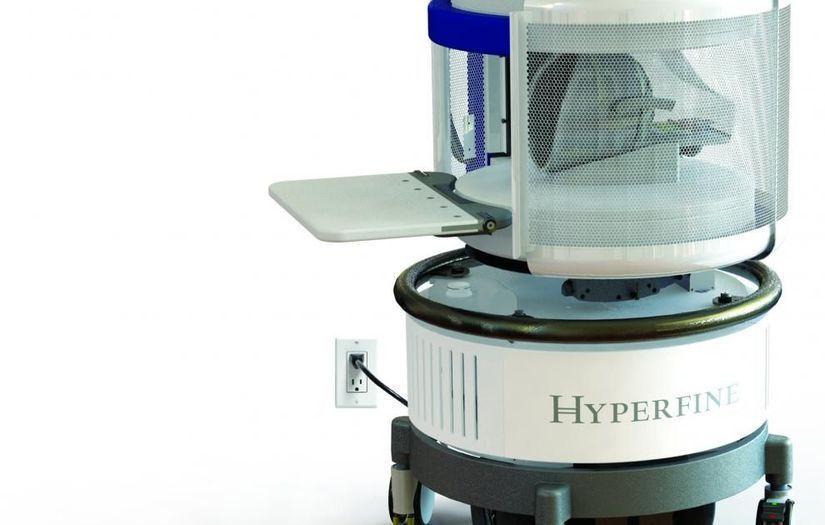
Magnetic resonance imaging is no longer confined to radiology departments. The U.S. Food and Drug Administration announced Wednesday that it has provided clearance to the “world’s first” bedside MRI system, according to an announcement.
Hyperfine said it will begin shipping its portable, low-field modalities this summer. It’s 510(k) clearance falls on the same day that Yale researchers reported the device can accurately and safely image patient’s brains for stroke. Those preliminary results are set to be presented next week at the American Stroke Association’s International conference in Los Angeles, the group announced.
“We’ve flipped the concept from having to get patients to the MRI to bringing the MRI to the patients,” said Kevin Sheth, MD, senior author and a chief physician at Yale School of Medicine. “This early work suggests our approach is safe and viable in a complex clinical care environment.”
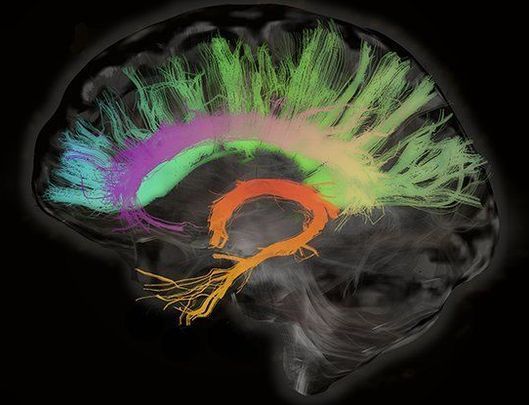
Later today I’ll lose consciousness for a few hours to rest and repair. There’s a good chance you will, too. Yet as ubiquitous as sleep is, we know very little about which parts of the brain are fundamental to staying awake.
Thanks to a recent experiment that stimulated the brains of anaesthetised macaques, we have a clearer idea of just which neurological structures might be primarily responsible for switching us on each day.
The results not only help us to better understand the processes behind anaesthesia; for those trapped in vegetative or comatose states by illness or injury it could mean a pathway out again.

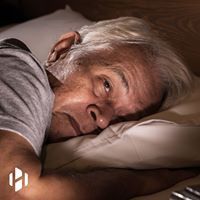
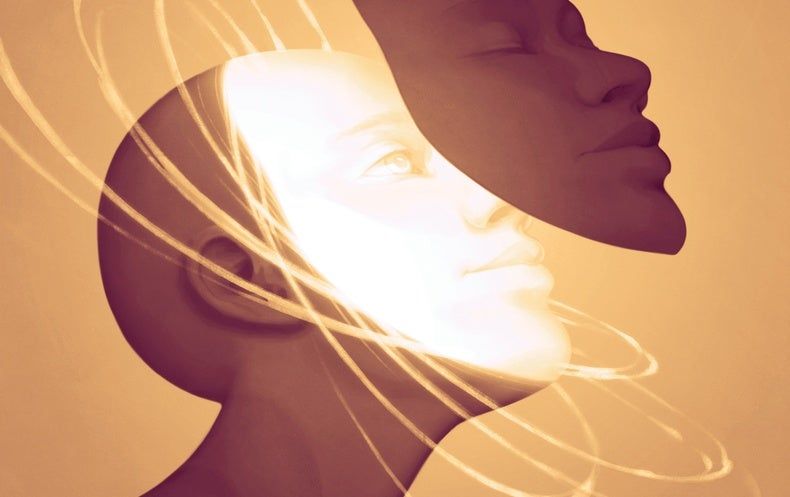
Yes, you can detect another person’s consciousness. Christof Koch described a method called ‘zap and zip’. Transcranial magnetic stimulation is the ‘zap’. Brain activity is detected with an EEG and analyzed with a data compression algorithm, which is the ‘zip’. Then the value of the perturbational complexity index (PCI) is calculated. If the PCI is above 0.31 then you are conscious. If the PCI is below 0.31 then you are unconscious. If this link does not work then go to the library and look at the November 2017 issue of Scientific American. It is the cover story.
Zapping the brain with magnetic pulses while measuring its electrical activity is proving to be a reliable way to detect consciousness.